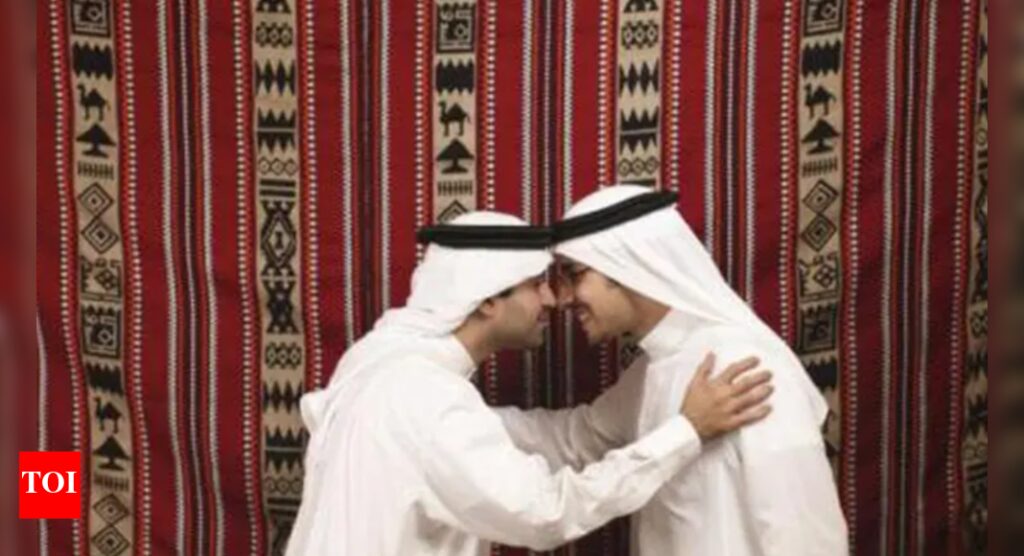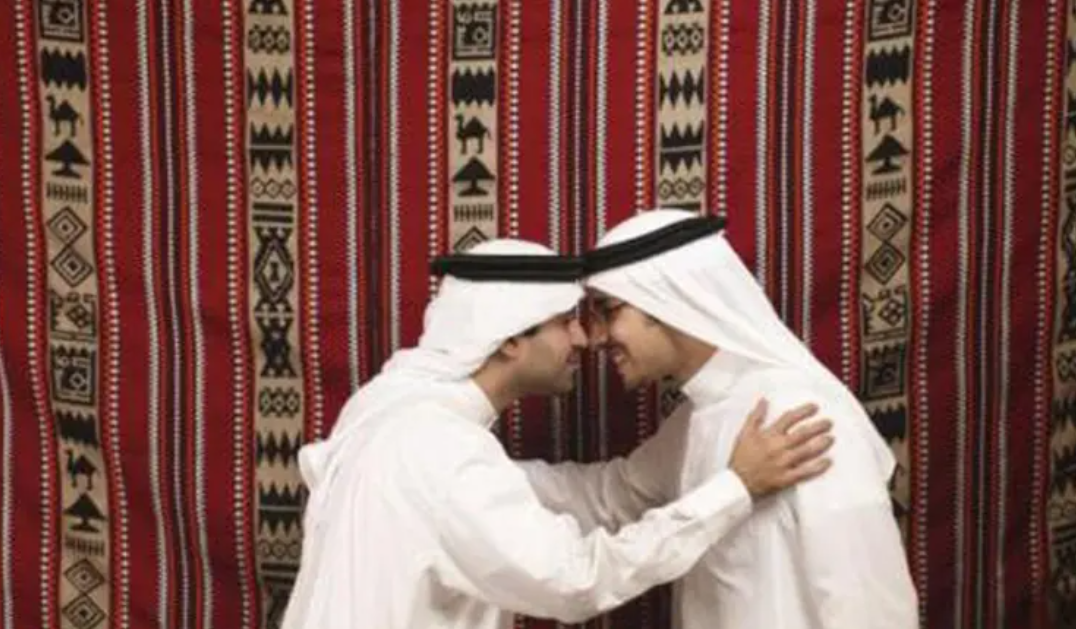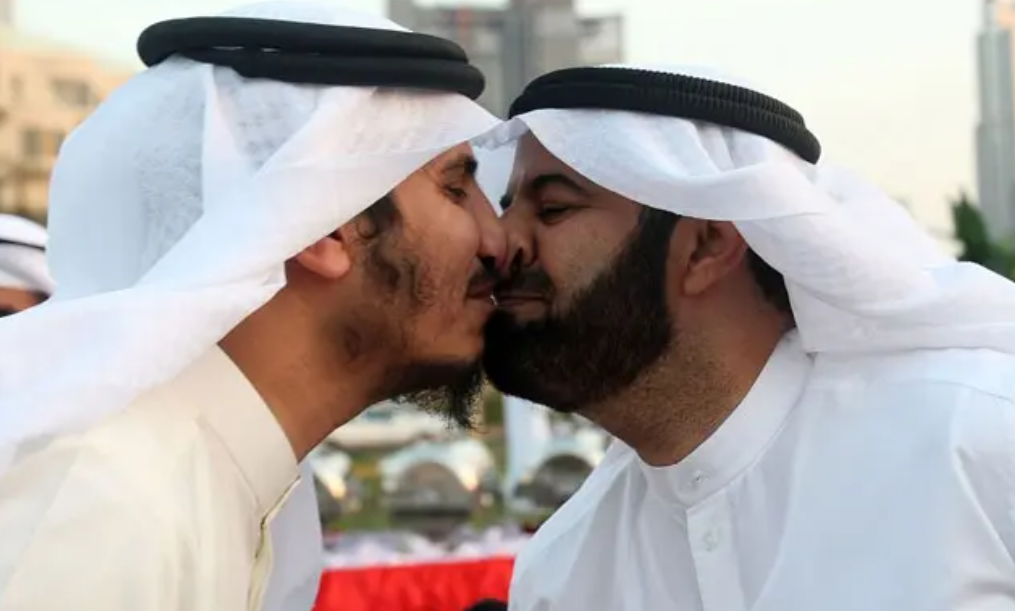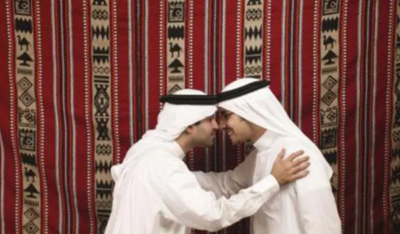Nose Greetings: Why do Gulf sheikhs greet with nose rubs? What does it mean and why it is so special |

There are numerous videos on social media where sheikhs and residents of some Gulf countries have been seen rubbing noses to each other. While one might wonder what this could be, it is surprising to know that it is more or less like doing a ‘namaste’ in India.Greetings around the world come in a wonderful variety of forms, each having cultural roots, history, and traditions that have been followed for generations. While in India, people greet each other with a warm and respectful gesture called Namaste by pressing the palms together near the chest, fingers pointing upwards, and bowing the head slightly, in other Asian and European countries, by kisses, hugs, or shaking hands.Interestingly, nose-based greetings is the practice found in some Gulf countries and Yemen, as well as in indigenous peoples of the Arctic and the Maori of New Zealand. This gesture is more than just a way to say hi; it carries layers of social meaning and cultural symbolism tied to pride, shared breath, and kinship.

Sheikhs greet with nose rubs (Photo: Facebook)
This is a practice dating back centuries
In the Arabian Gulf, the nose has carried symbolic weight for at least fifteen centuries, representing pride and dignity. This “nose salute” or touching of noses is not just a formality but a statement about relationships.According to Bedouin tradition, when two people press their noses together, it signifies equality and mutual respect. If a younger person or someone of lower status greets an elder or superior, they might kiss the elder’s nose first, showing reverence. The prominent position and individuality of the nose, never hidden or covered, make it an emblem of a person’s identity and honour.

Nose rub (Photo: alarabiya.net)
This greeting, called “mowaya bil khashoom,” typically involves a few light, silent touches of the nose and is often accompanied by a handshake or placing the right hand on the chest as a sign of sincerity. Though the exact origins of this custom are unclear, it has been passed down through generations as a cherished social ritual.
How was it carried forward among businessmen
Earlier when businessmen and traders met each other in Gulf countries that are mostly covered with deserts, they held falcons in one hand and camel ropes in another, so they greeted each other by rubbing their noses, known as nose shake, with each other as a sign of greeting and reverence, this practise has been followed till date especially by the Emiratis, which is still alive, strong and special to their culture.

Photo via Alarabiya.net
Similar greeting practices in other parts of the world
Similar nose greetings occur elsewhere worldwide but take somewhat different forms. The Inuit people of Canada and Greenland perform the kunik, a gesture where the nose and upper lip press against a loved one’s cheek or forehead while inhaling. This intimate act is about expressing affection and closeness in the cold Arctic environment.The Maori people of New Zealand practice the hongi, which involves pressing noses and foreheads together and exchanging breath, which is symbolic of the sharing of the “breath of life.” This ritual is deeply spiritual and is believed to be rooted in Māori mythology where the god Tāne breathed life into the first woman.







